Dealing with Common Interior Painting Problems
Common Interior Painting Problems
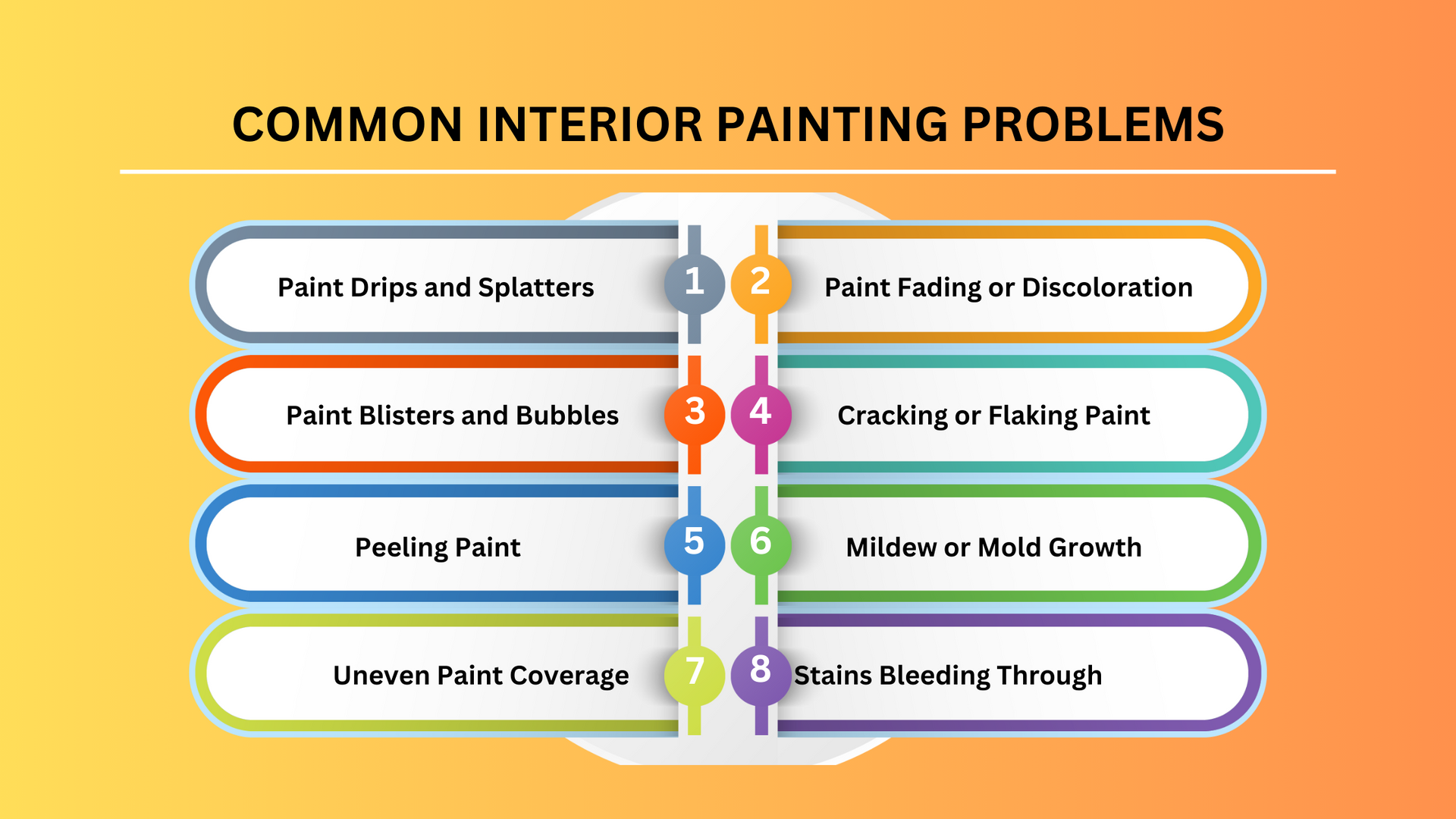
Painting a room can cause many problems, from minor nuisances to more significant issues requiring attention and skill. Let's delve into some of the most common interior painting problems and explore how to tackle them effectively.
1. Paint Drips and Splatters
Paint drips and splatters can quickly turn a clean, smooth paint job into a messy disaster. These unsightly imperfections are usually caused by various factors, including using the wrong painting technique, overloading the brush or roller, or working with low-quality paint. To prevent and address paint drips and splatters:
- Prevention:
- Use high-quality paint that has a thicker consistency and is less prone to dripping.
- Invest in good-quality brushes and rollers designed for the paint you use.
- Practice proper painting techniques, such as not overloading the brush or roller with paint.
- Correction:
- Wait for the paint to dry completely.
- Carefully sand down the drips and splatter with fine-grit sandpaper.
- Apply a thin coat of paint over the sanded areas to blend them in with the rest of the wall.
2. Paint Blisters and Bubbles
Paint blisters and bubbles can be frustrating, creating an uneven and unattractive surface. These problems often result from moisture or air trapped beneath the paint film. To address and prevent paint blisters and bubbles:
- Prevention:
- Ensure the surface is clean and dry before painting.
- Repair any existing moisture or structural issues in the wall.
- Apply primer, especially in areas prone to moisture.
- Correction:
- Wait for the affected area to dry completely.
- Gently scrape off the blistered or bubbled paint with a putty knife.
- Sand the area to create a smooth surface.
- Apply a thin layer of primer to the repaired area.
- Repaint the section with quality paint, feathering the edges to blend it with the rest of the wall.
3. Peeling Paint
Peeling paint is unsightly and a sign of a deeper problem. It occurs when the paint loses its adhesion to the surface, often due to poor surface preparation or incompatible paint layers. To prevent and address peeling paint:
- Prevention:
- Properly clean and prepare the surface by removing any loose or peeling paint.
- Use a suitable primer to promote adhesion.
- Ensure compatibility between existing and new paint layers.
- Correction:
- Scrape off all loose or peeling paint with a putty knife.
- Sand the area until it's smooth and free of loose particles.
- Apply a coat of primer to the affected area.
- Repaint the section with your chosen interior paint, feathering the edges for a seamless finish.
4. Uneven Paint Coverage
Uneven paint coverage can result in visible inconsistencies and streaks on your walls. It often occurs due to improper painting techniques or inadequate paint application. To prevent and address uneven paint coverage:
- Prevention:
- Apply a quality primer before painting, especially on porous surfaces.
- Use even and overlapping strokes when applying paint.
- Ensure proper lighting to detect any missed spots.
- Correction:
- Wait for the paint to dry completely.
- Apply an additional coat of paint to the affected area, using even strokes and feathering the edges into the surrounding paint for a seamless look.
5. Paint Fading or Discoloration
Paint fading or various factors, including exposure to sunlight, low-quality paints, or improper cleaning methods, can cause discoloration. To prevent and address paint fading or discoloration:
- Prevention:
- Use high-quality, fade-resistant paint for areas exposed to sunlight.
- Apply a clear topcoat or UV-protective finish for added protection.
- Avoid using abrasive or harsh cleaning agents on painted surfaces.
- Correction:
- Sand the discolored area gently to remove any imperfections.
- Repaint the section with a matching paint color, ensuring it blends seamlessly with the surrounding area.
6. Cracking or Flaking Paint
Cracking or flaking paint can give your walls an aged and neglected appearance. This issue often occurs when paint layers become too thick or the surface underneath expands and contracts. To prevent and address cracking or flaking paint:
- Prevention:
- Apply paint in thin, even coats to prevent excessive buildup.
- Properly prepare the surface by removing any loose or flaking paint.
- Address any underlying structural issues that may be causing movement in the wall.
- Correction:
- Scrape off all loose or flaking paint with a putty knife.
- Sand the area until it's smooth and free of loose particles.
- Apply a coat of primer to the affected area.
- Repaint the section, feathering the edges for a seamless finish.
7. Mildew or Mold Growth
Mildew or mold growth on painted surfaces looks unsightly and poses health risks. It thrives in damp and poorly ventilated areas. To prevent and address mildew or mold growth:
- Prevention:
- Ensure proper ventilation in moisture-prone areas, such as bathrooms and kitchens.
- Use mold-resistant paints in high-humidity areas.
- Repair any leaks or moisture issues promptly.
- Correction:
- Safety first: wear gloves and a mask.
- Mix a solution of water and a mold-killing detergent.
- Scrub the affected area thoroughly.
- Rinse and dry the surface.
- Apply a mold-resistant primer.
- Repaint the section with a suitable paint.
8. Stains Bleeding Through
Stains bleeding through the paint can be a persistent issue, especially on surfaces with water or oil-based stains. To prevent and address stains bleeding through.
- Prevention:
- Use a stain-blocking primer on surfaces with known stains.
- Address and resolve the source of the stains, such as leaks or moisture issues.
- Ensure the surface is clean and dry before painting.
- Correction:
- Apply a stain-blocking primer to the affected area.
- Wait for it to dry completely.
- Repaint the section with your chosen interior paint, ensuring even coverage.
How to Avoid Interior Painting Problems
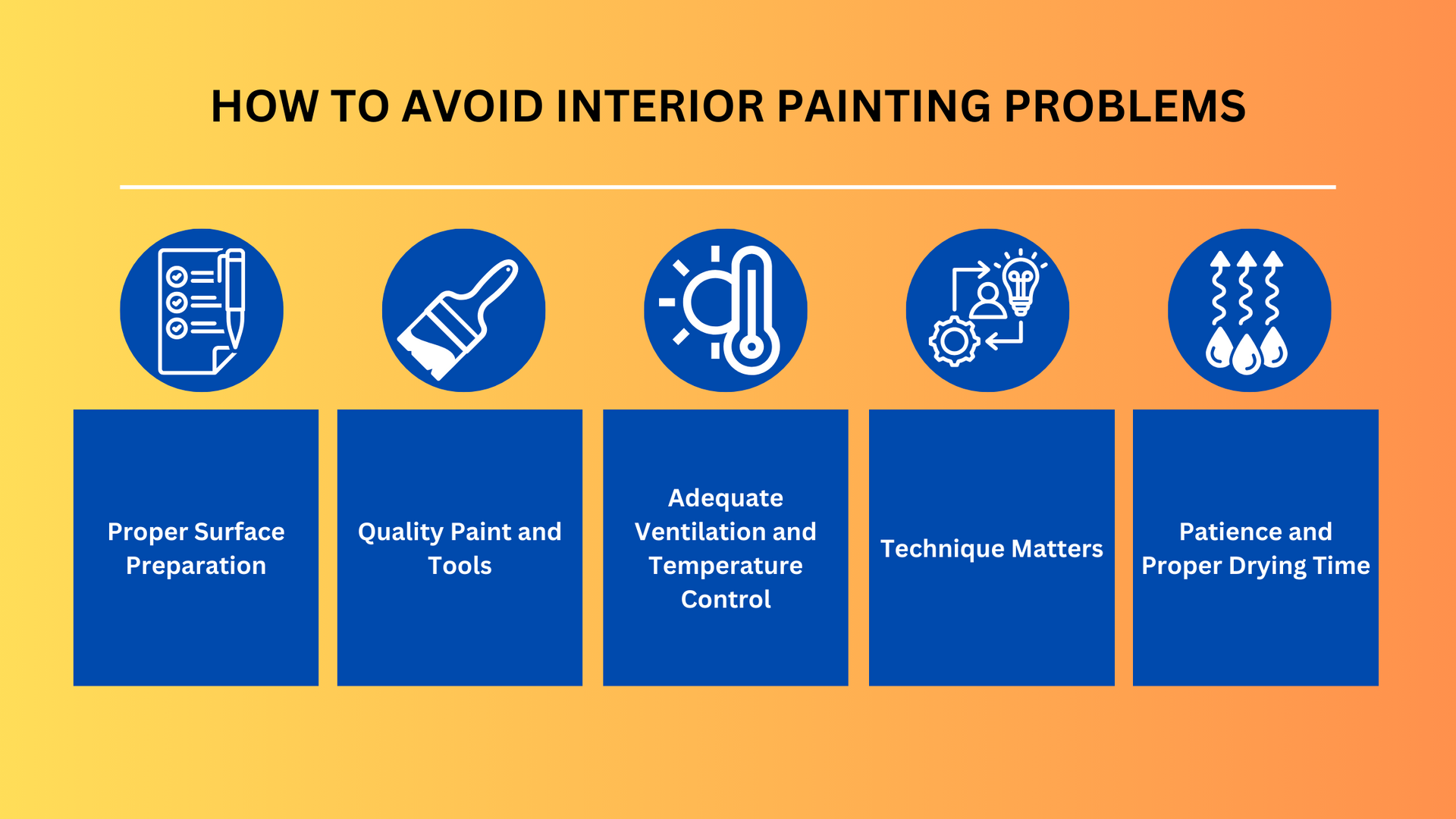
When embarking on an interior painting project, creating a visually appealing space is essential to ensuring the process is free from everyday problems. Addressing these issues proactively can save you time, money, and frustration in the long run.
Let’s explore five key strategies to help you avoid interior painting problems.
Proper Surface Preparation
Before you dip your brush into that fresh can of interior paint, ensure that your surfaces are adequately prepared. Cleanliness and smoothness are crucial. Start by cleaning the walls and removing dust, dirt, and any existing paint flakes. Repair any cracks or holes with a suitable filler. Sand down rough spots and ensure the surface is uniform. Properly priming the surface can also prevent issues like peeling and uneven coverage.
Quality Paint and Tools
Investing in high-quality paint and tools is critical in preventing interior painting problems. Opt for reputable brands known for their durability and coverage. The right tools, including brushes, rollers, and painter's tape, can make a significant difference in achieving clean lines and an even finish. Make sure to take advantage of these essentials.
Adequate Ventilation and Temperature Control
Proper ventilation is often overlooked but plays a vital role in interior painting. Ensure the room is well-ventilated to help the paint dry evenly and prevent paint bubbling and mildew growth. Additionally, maintain an optimal temperature range during painting. Extreme cold or heat can impact paint adhesion and drying times.
Technique Matters
The way you apply paint can significantly affect the final result. When using a brush or roller, apply even pressure and consistent strokes to avoid streaks and uneven coverage. Always follow the recommended painting technique for the specific type of paint you're using. For instance, some paints may require back-rolling or cross-hatching to achieve the desired finish.
Patience and Proper Drying Time
Rushing through the painting process can lead to problems like paint smudges, peeling, or even color variations. Allow each coat of paint to dry completely before applying the next one. Follow the manufacturer's recommendations for drying times and avoid touching or placing objects against freshly painted surfaces until fully cured.
Key Takeaway
When it comes to interior painting, tackling DIY projects with confidence is critical. Understanding common interior painting problems and their solutions empowers homeowners to achieve professional-quality results. Select the right paint and tools to prevent issues like drips, blisters, or uneven coverage. Proper surface preparation and the use of primers are vital steps in preventing problems before they arise. If issues like peeling paint or mildew growth occur, address them promptly to maintain a flawless finish.
For ongoing success, maintain a clean workspace, dispose of materials properly, and use the correct painting techniques. Regular maintenance will ensure long-lasting, beautiful walls. Remember, interior painting can be a rewarding endeavor, transforming your living space.
For expert assistance, consider contacting Roberts and Sons Construction LLC. Their skilled professionals can provide guidance and solutions for any interior painting project. With these final tips, you're ready for a successful interior paint job, elevating your home's aesthetics and ambiance.
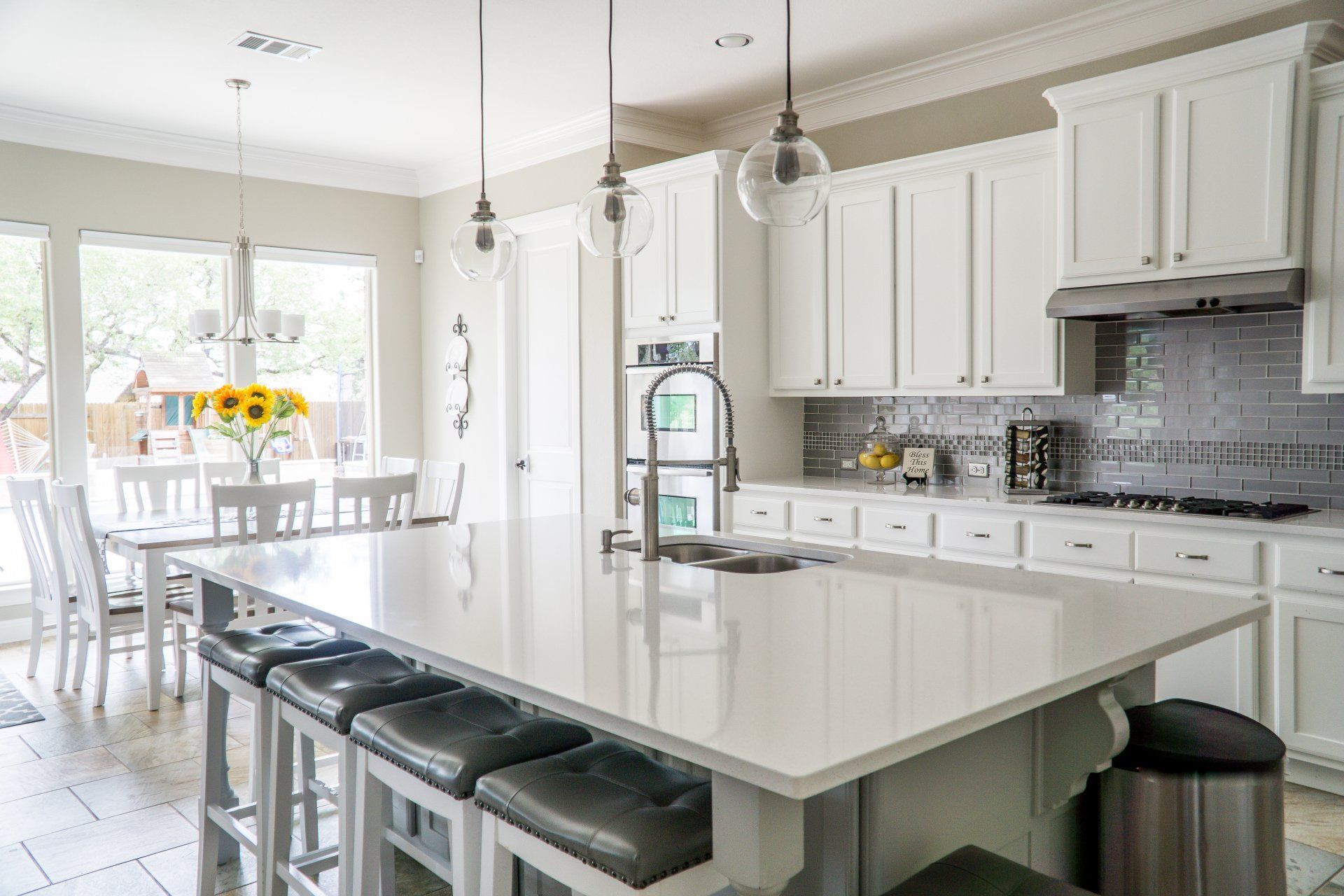
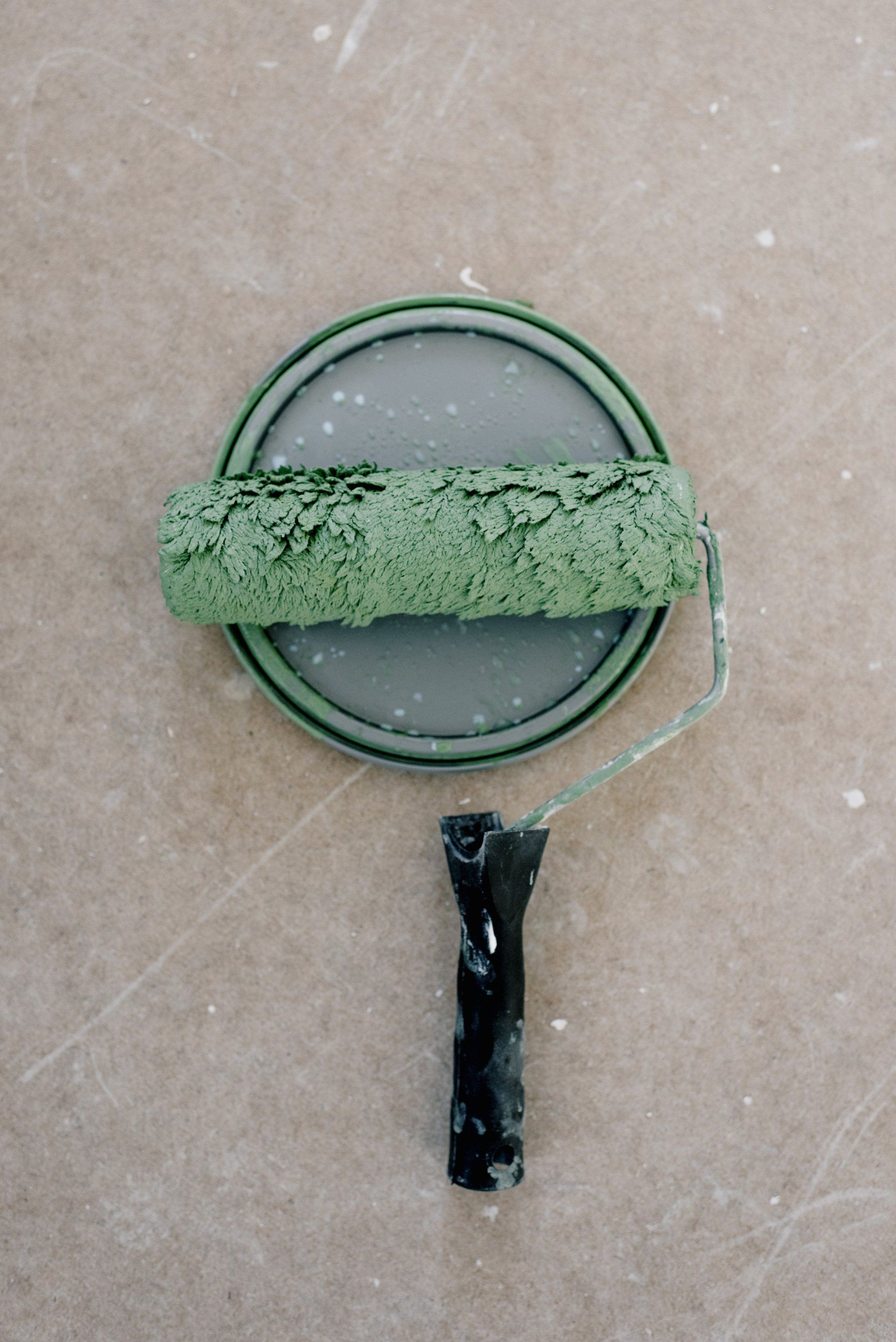
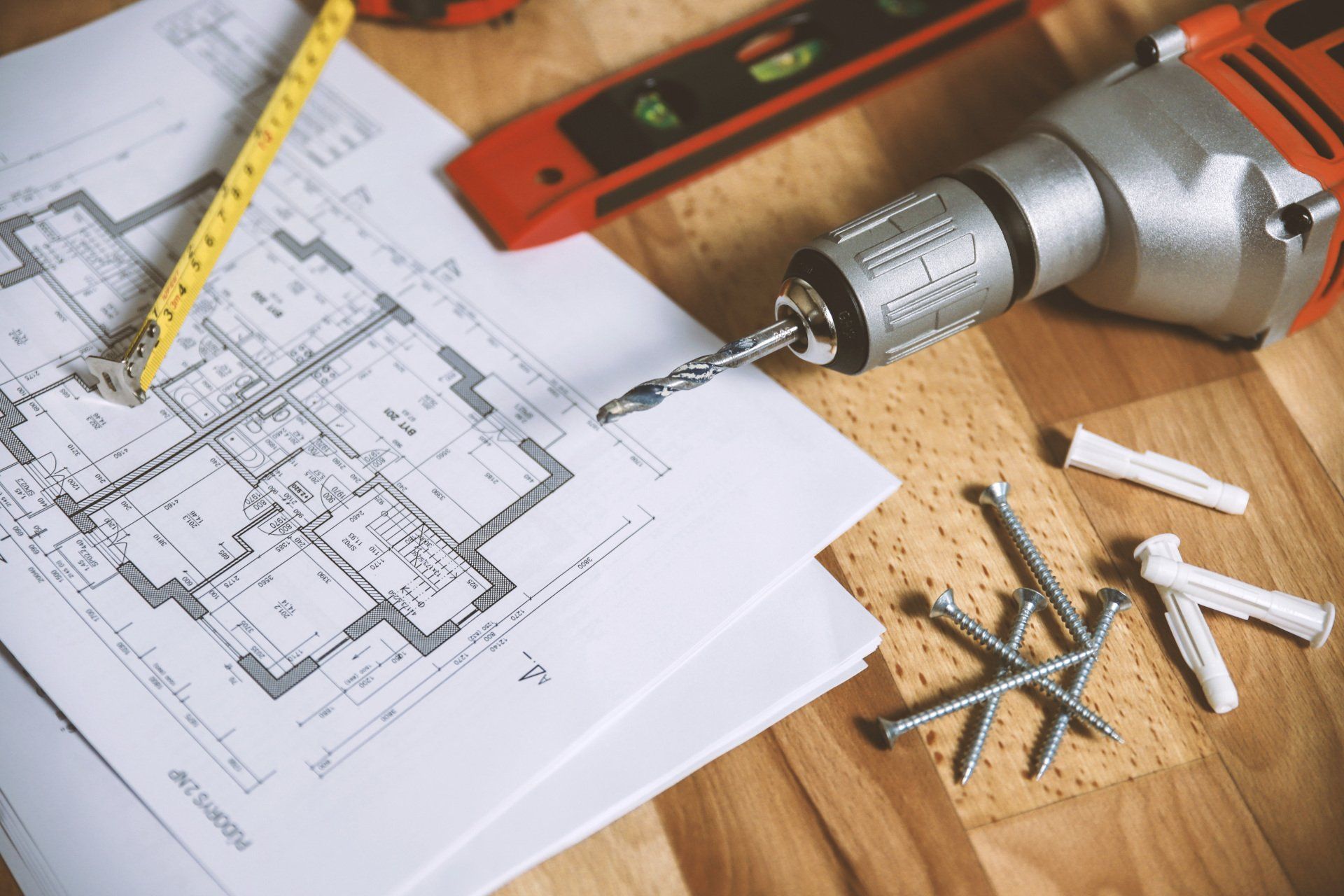

Contacts
Useful Links
© 2023 All rights reserved Roberts and Sons Construction, LLC
Made by SwiftSites
